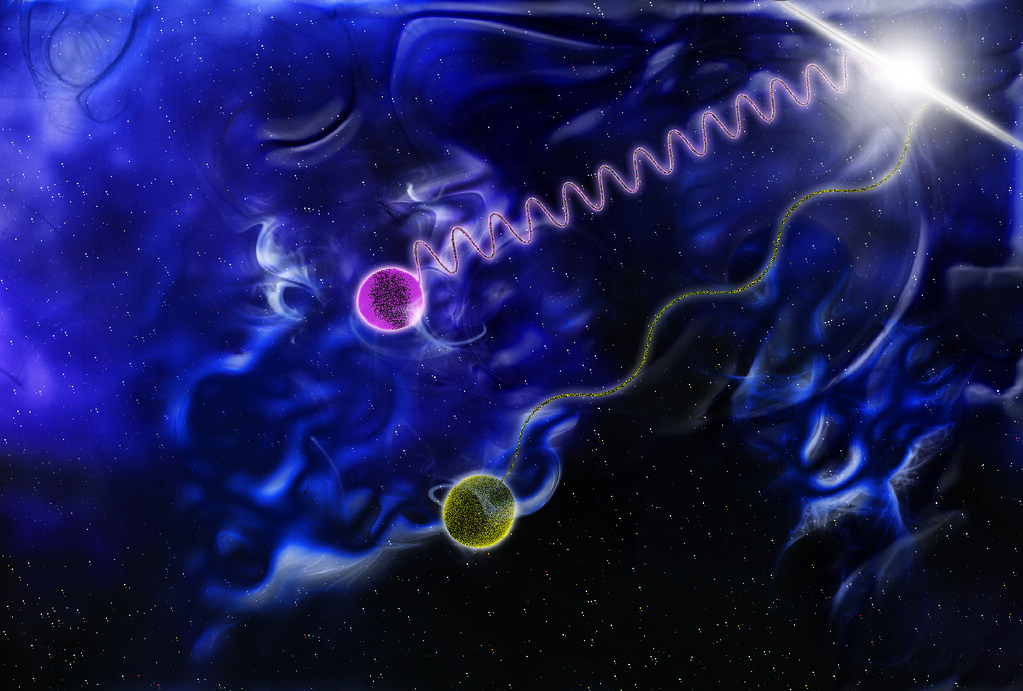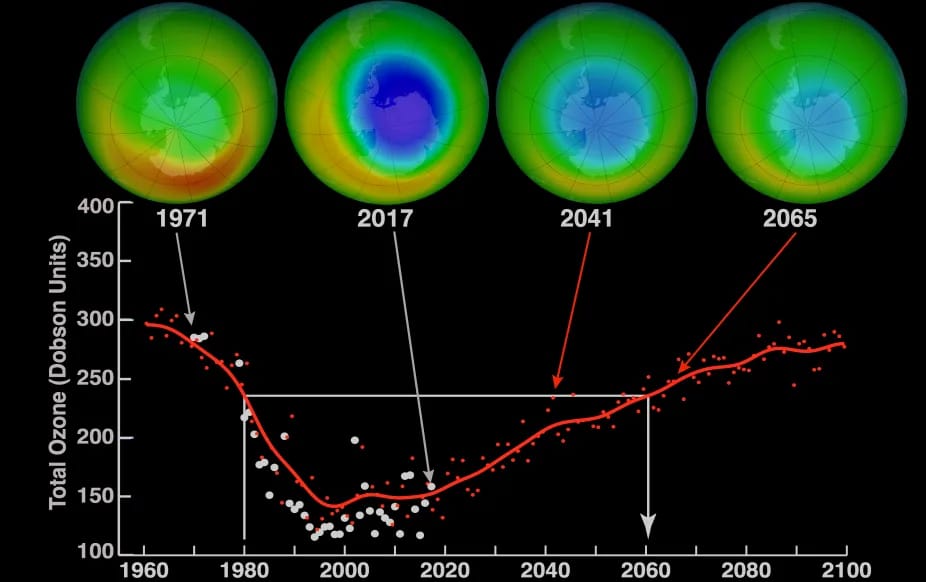The Higgs Field: The Fabric of Mass in the Universe

The standard model of particle physics describes the fundamental particles as Gauge Bosons, such as the W and Z Bosons, Photons, or as Fermions, including Electrons, Quarks, and Neutrinos. Now, this theory would be flawless if the particles in the standard model equations were massless. Unfortunately, that is not the case. Particles like electrons, W, and Z bosons have masses, but when we talk about photons, they are massless. To explain this, we need a mechanism that explains why some particles have masses and others don’t without breaking the laws of physics. Enter the Higgs Field!
The Higgs Field is a scalar field that has a value at any given point, but it does not have a direction, unlike the electric field. The Higgs Field is present everywhere in our universe, like a fabric that covers everything. It even has a non-zero vacuum expectation value, meaning even in empty vacuum space, the Higgs field maintains a non-zero value. It’s like the entire Universe is filled with an invisible jelly, and the particles move through this jelly.
When particles interact with the Higgs Field, it is known as the Yukawa interaction, in which each particle has a unique coupling constant to the Higgs Field. You could imagine it sort of like a stickiness. The stronger the coupling, the greater the mass the particle gets. The Yukawa interaction is not a force; it is more of a modification to the particle's properties, as it is moving through a field that resists it in a certain way.
Now, how does this field give mass to the particles? The Higgs mechanism is a mathematical process where a particle acquires mass due to spontaneous symmetry breaking. The Higgs Field has a potential energy profile resembling a Mexican hat; it’s like a bowl with a ring-shaped valley. The Field does not settle at the top of the hat, since that would be symmetrical and zero, but somewhere in the ring-shaped valley. It has to choose a direction, and once that is done, it interacts differently with different particles. The process of choosing a direction is known as spontaneous symmetry breaking, as the choice breaks the symmetry, leading to different behavior by different particles.
In physics, symmetry means that the laws act the same way even after you rotate or change something, because even the universe has OCD. The standard model uses symmetry to ensure that the math makes sense, but the Higgs Field breaks this symmetry, not by changing the rules, but by the way it settles. Think of it as a pencil, standing on its own, and falling in a random direction. This broken symmetry gives the particles great masses within the equations while keeping some particles massless. The idea of the Higgs Field is inspired by the concept of magnetism, where all the atoms choose to point in the same direction.
What if the key to understanding the very existence of mass lay hidden in a single, elusive particle, the Higgs boson? The Higgs Boson is a fundamental particle that represents a quantum excitation of the Higgs Field. It is the universe’s personal trainer. It makes particles heavier just by being near them. Scientist Peter Higgs proposed this in the 1960s, as part of the solution to how particles acquire mass in the standard model. It was first detected at the Large Hadron Collider at CERN in 2012. It has a mass of 125 GeV/c², making it one of the heaviest fundamental particles. It is a scalar boson, meaning it has a zero spin. The Higgs Boson is highly unstable, decaying into other particles in a fraction of a second. Scientists detect it by analyzing its decay products, as it decays in less than a second. The discovery of the Higgs Boson validated the final missing piece in the standard model of particle physics, earning a Nobel Prize for Peter Higgs and François Englert in 2013.
The Higgs Field is what makes every structure possible in the entire universe. Without the Higgs Field, no mass could exist, which means nothing would exist.
Similar Post You May Like
-

CFCs, HFCs and their long, troubled history
At its peak, the ozone hole covered an area 7 times larger than the size of Europe, around 29.9 million km2, and was rapidly expanding
-

The Origin of Universe: Deciding point where it all began!
Let us unravel and surf through the ideas throughout ages to understand what the universe and its origin itself was to its inhabitants across history.
-

The Artemis Program
Inspired by the Greek goddess of the Moon, twin sister to Apollo, the artimis program was named on 14 May 2019 by Jim Bridenstine.






